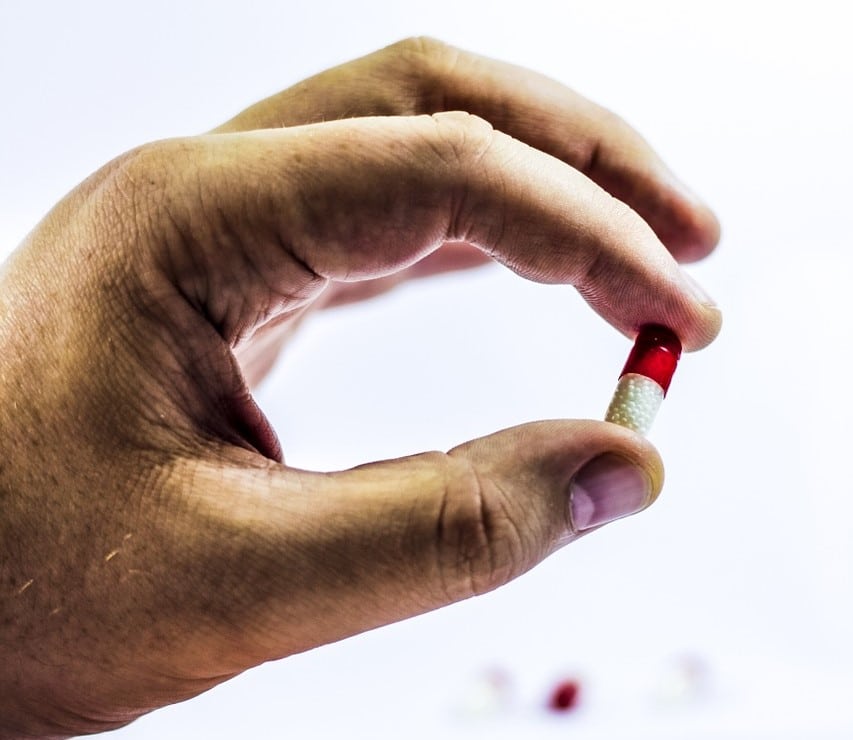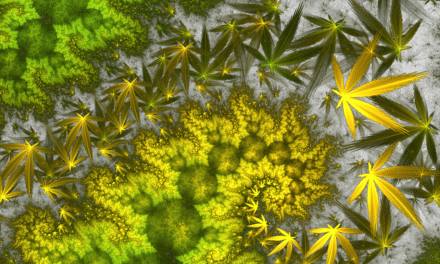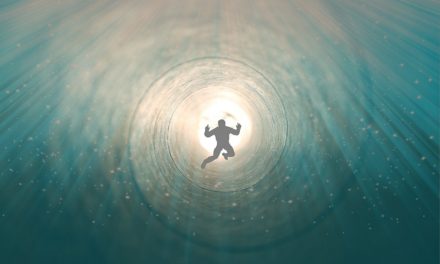
Presenting psychedelics as a magical, instant cure for various illnesses can be problematic for the greater psychedelic community. Image source: Pixabay user frolicsomepl.
The past few years have been an exciting time in the world of psychedelic medicine. Every time I read about a new study being approved and funded, I am thrilled that psychedelics are finally being seen as the powerful medicinal substances they are. For too many years, psychedelics have been demonized as dangerous at worst and, at best, useless party drugs. Having seen first-hand how psychedelics can help curb addiction and alleviate depression, it is hard to be anything but excited about their therapeutic potential. But it is possible to be too excited about the world of psychedelic medicine. Some advocates of psychedelic therapies fall into the trap of seeing psychedelics as a type of cure-all that will work for all people and all conditions. While extolling the potential benefits of psychedelics is helpful to the further development of psychedelic therapy, it’s also important to understand the limits and possible negative effects of psychedelic use.
Limited Research Can Curb the Effectiveness of Psychedelics
Despite natural psychedelics being used for centuries and synthetic psychedelics being produced for over a century, there is still a lot the scientific community does not know about how these substances work. For example, it is still debated whether LSD produces psychedelic effects by stimulating the brain or by limiting the functioning of certain parts of the brain. These basic questions about how psychedelics function and what effect they have on the various parts of the brain need to be answered in order for psychedelic therapy to be implemented safely and effectively. But if the psychedelic community is satisfied with claiming that psychedelic substances work without pushing for further research into their function and limits, then it will be difficult for qualified researchers to get funding and approval for their studies.
Kambo is a great example of how accepting a substance at face value can limit research on its use. Although kambo has been known to Western science for about 100 years, there are currently only 47 articles about the substance published on PubMed, compared to 4,462 articles about the effects of garlic. Because kambo is legal in most Western countries and has been shown to work through centuries of traditional use in the Amazon, many members of the psychedelic community do not see more research into the substance as particularly pressing. However, more research could increase our understanding of how kambo works and allow researchers to isolate and synthesize peptide combinations in order to create even more effective medicines from the substance. It could also help prevent negative side effects and allow users and practitioners to fully understand which psychological disorders it is most effective at treating. Instead of simply accepting that a substance has therapeutic value, members of the psychedelic community should demand to know exactly how and why it works.
False Advertising Can Lead to False Expectations
You won’t have to do much digging to find many first-hand experiences about the ways psychedelics positively influenced people’s lives and reduced anxiety, depression, or other psychological disorders. These people may be quick to share their experiences and claim that psychedelic substances will significantly change your life, but their experiences are only part of the psychedelic puzzle.
While psychedelic substances are powerful therapy tools, their effectiveness is based on many factors, especially the set and setting when you take them. This is why MDMA, when taken at a party with friends as opposed to in a therapeutic setting, will likely not cure your PTSD and may even make it worse. What people often fail to realize is that it is not just the substances that positively affect people but their careful administration by skilled practitioners. This involves significant preparation before the substance is taken along with integration therapy after the psychedelic experience. Many psychoactive medicines—such as anti-anxiety and anti-depression medication—work on the same principle, requiring psychotherapy in conjunction with the medicine for long-lasting results.
When people claim it was just the substance that cured them and not the specific experience that went along with it, others will begin to believe that these substances, gotten through any channels, can immediately cure them. When they do not see positive results, they are likely to feel disillusioned and claim the hype around these substances is a scam, which can significantly harm the reputation of psychedelic treatments and practitioners. To avoid this, it is best to present a balanced, honest picture of the possibilities and limits of psychedelic treatments.
Misuse Can Lead to Tighter Regulations
For decades, a bad reputation has kept psychedelics from being used in therapeutic settings. The war on drugs made it nearly impossible for researchers to gain access to these substances and conduct significant clinical trials. At the moment, that is changing as more governments around the globe are allowing research into psychedelics. But psychedelics still have a long way to go before they are seen as useful and positive by the general population.
Many articles about psychedelics focus on the negative effects of illicit drug use, and most educational programs still claim these substances are dangerous and without medical benefit. The tension between the legal and illegal use of these substances puts them in a precarious position. If people are told these substances can magically cure their mental and physical problems, more people may attempt to access them through illegal channels. This can lead to problems such as overdoses or negative reactions to impure substances or unmeasured doses. And if there is an increase in people seeking out psychedelics through illicit channels, then it is likely that government regulations will tighten once again. But if advocates are clear and honest about the effectiveness of psychedelic therapy relying on a controlled environment, people may be less likely to seek out psychedelics through illicit means, and regulating bodies will be more likely to allow safe, therapeutic methods of use to continue.
As a proponent of psychedelic therapy, it can be difficult to remember to give both sides of the picture when it comes to psychedelic treatments. Sometimes, I am simply excited about positive new research and want to share it with others. But in doing so, I may forget that those I am talking to may not know the differences between psychedelics used in a therapeutic setting as opposed to a casual setting. I often have to remind myself to take a step back and look at the positive, neutral, and negative effects of psychedelics. Presenting psychedelics as a cure-all can ultimately harm the current psychedelic therapy and research community, so I try to develop a more realistic picture of how psychedelics can and should be used. I encourage other advocates to take a similar approach when they discuss or write about psychedelic substances in order to protect all members of the psychedelic community.









